Plastic Bread Slicer Guide, For Bakers and Home Cooks
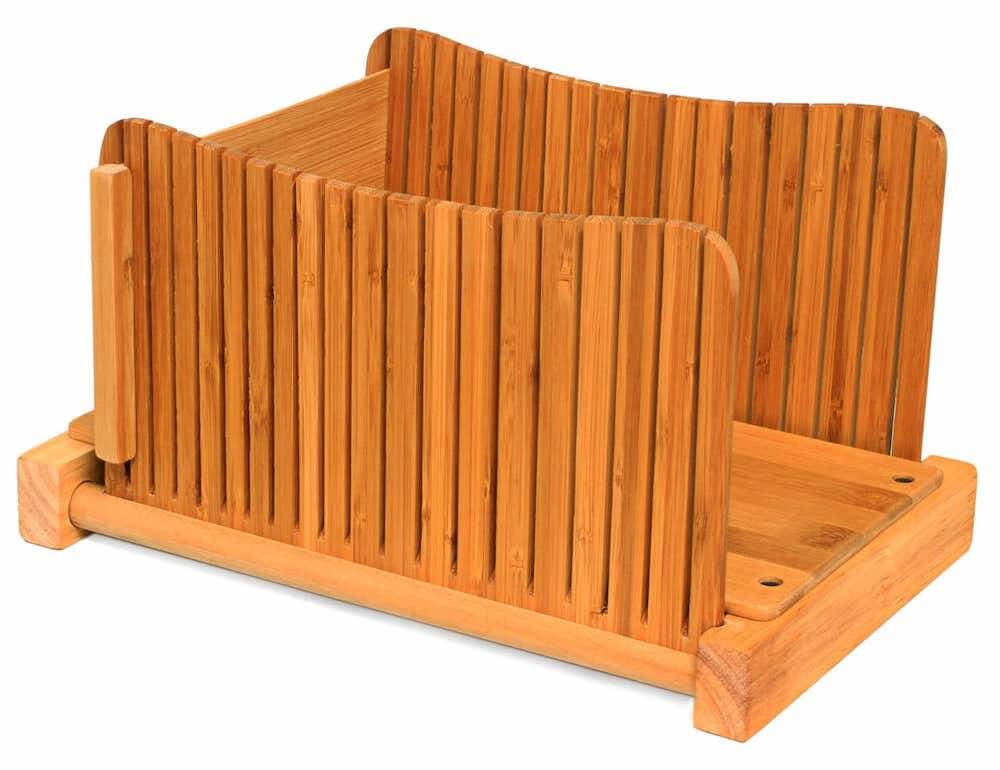
Picture this: the timer on your oven, or bread making machine, finally beeps and you find yourself staring at the most magnificent loaf of bread. The bread is soft, light, fluffy and smells decadent. You attempt to cut the loaf into perfect slices, but to your utmost dismay, they end up being too thick or thin. You are left with uneven slices and your perfect bread is ruined.
If you want to end up with even bread slices, you must invest in a proper bread cutting tool.
You can purchase an excellent bread knife with a serrated blade and a sturdy handle to ensure a comfortable and safe cutting experience. Bread knives are fantastic on their own, but for the moments when you want multiple, even slices, you may want to consider purchasing a bread slicer guide.
Bread slicers come with a myriad of slots on each side of a singular cutting board. The slots allow you the freedom to slice bread evenly with the aid of a bread knife. The cutting board, depending on the size, can fit small or large loaves. With the exception of electric bread slicers, the non-electric options are made from plastic or wood. As with most kitchen appliances, plastic and wooden products come with their fair share of pros and cons.
Bread slicers are typically not dishwasher safe, but the ease that comes with cleaning a plastic bread slicer is one out of a list of advantages. You only need to dust off any crumbs and wipe your bread slicer down with a damp or dry cloth. The plastic slicers are lightweight and won’t take up too much room on your kitchen counter. They tend to be smaller in size and will make an inconspicuous addition to your kitchen. They are fold-able which allows for easy storage in any drawer or kitchen corner. They are considerably safer to use compared to a wooden slicer. You don’t have to worry about sharp wooden edges, mold, or splinters.
Plastic slicers are priced lower than their wooden counterparts because they are made with cheaper materials. Their budget friendly prices are an advantage, but the short life span is a definite disadvantage. After a couple of uses, they will fall apart quicker or break due to a hard fall. You may find yourself replacing a flimsy plastic slicer more times than you might prefer. You may also have to deal with plastic shavings ending up on your bread due to the fact that the bottom of the slicer chips every time your knife makes contact with the base of the appliance.
On the other end of the spectrum are wooden bread slicers. The wooden bread appliances are eco-friendly and substantially safer for the environment. The DB-Tech Bamboo Wood
bread slicer, for example, is made with natural bamboo wood. An added advantage is that wooden slicers can be reused as building materials should you choose to discard them after a period of extended use.
A wooden slicer, compared to a plastic one, is more durable and has a longer life span.
It is also more sanitary and will not require a lot of effort when it comes to cleaning. You can simply get rid of crumbs with a dry cloth. In addition, they are designed with a lot more creativity and will add a touch of visual aesthetic to your kitchen space.
Wooden slicers come with their share of disadvantages. For one thing, they can be quite dangerous to use. If they breaks mid-use, you may find yourself picking out painful splinters out of your palm. You may also have to deal with mold and mildew growth if you put them in a dishwasher or leave them in a damp place Another disadvantage is that most of them require some form of assembly after they’ve been purchased, a problem you won’t face with a plastic slicer. The issue with assembling the appliance is that you can end up fitting some parts incorrectly, which will only cause long term problems with every use.
Whether you choose to go with wood or plastic, bread slicers are fantastic multi-functional tools that are easy to use and will guarantee you a plate of even slices each time you use them. They’re easy to clean and are conveniently designed to be folded for storage purposes. In regards to their functionality, they can be used for a variety of other foods such as ham and cheese.
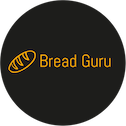


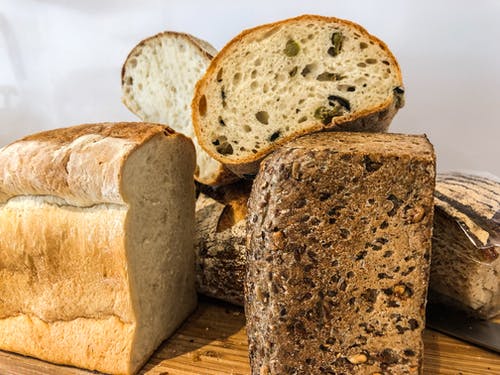

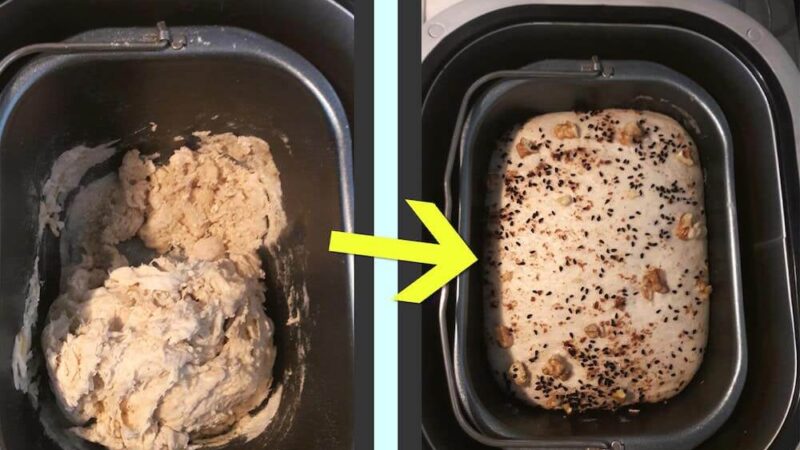
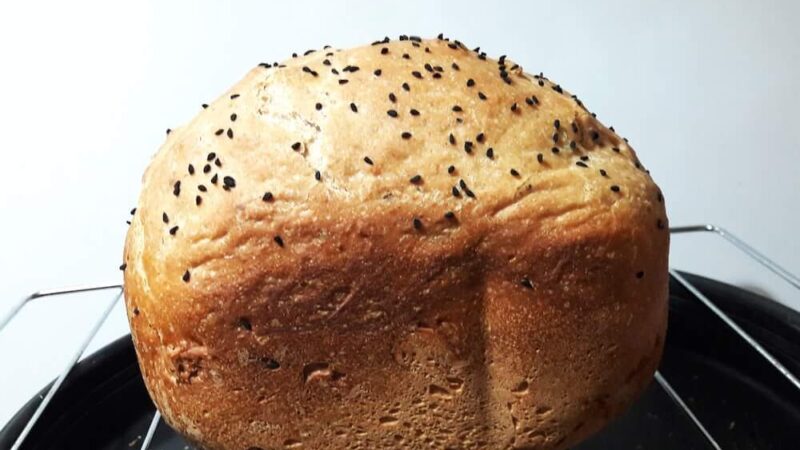
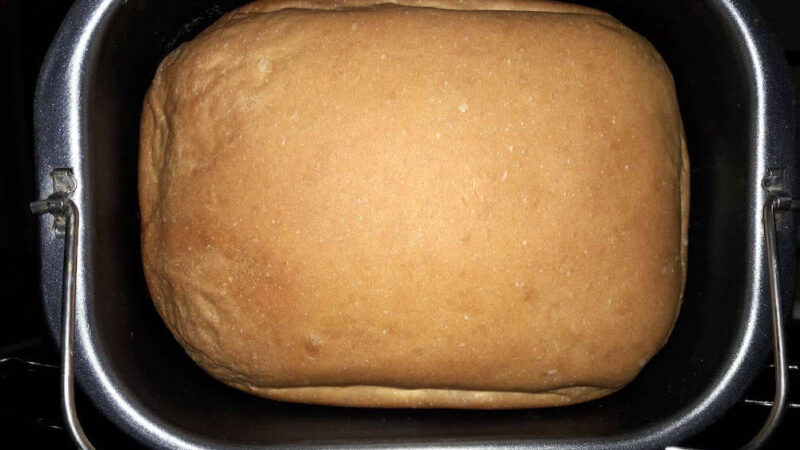
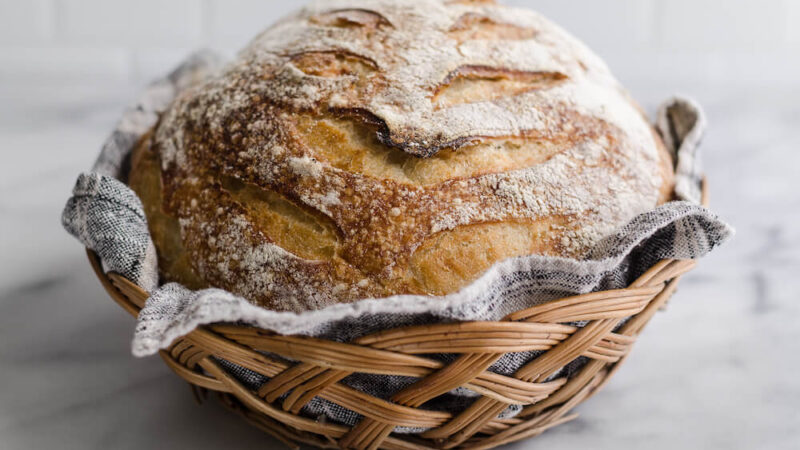
never used one of those, but I prefer natural materials vs plastic as much possible. Lovely and informative read